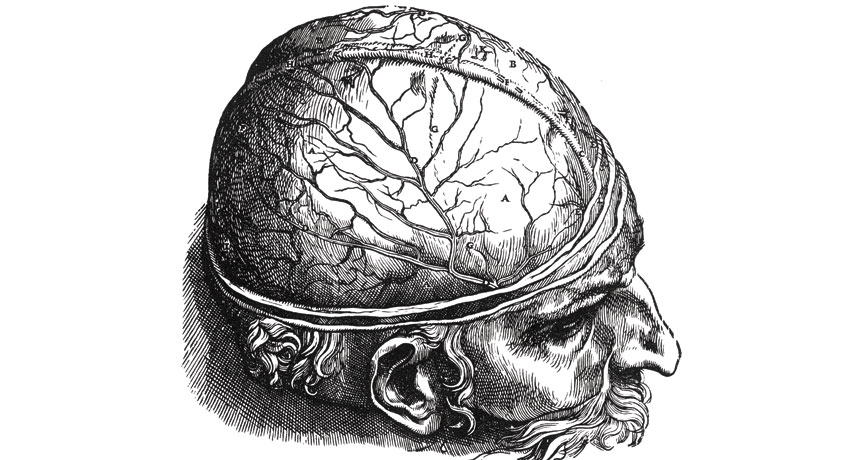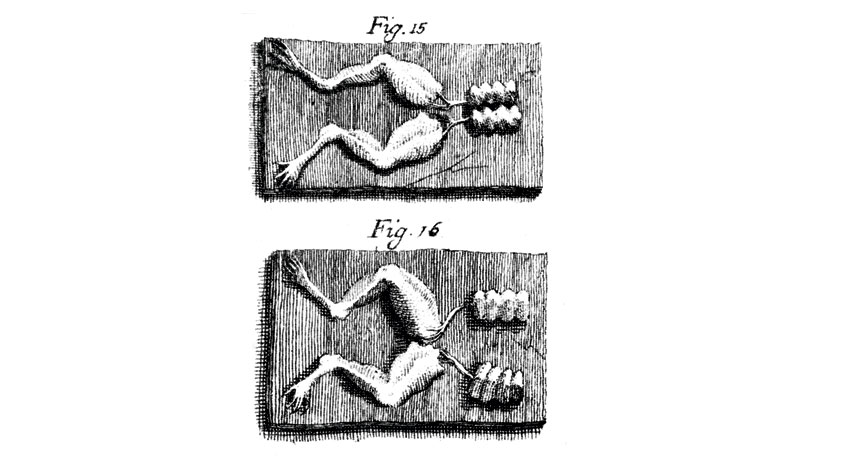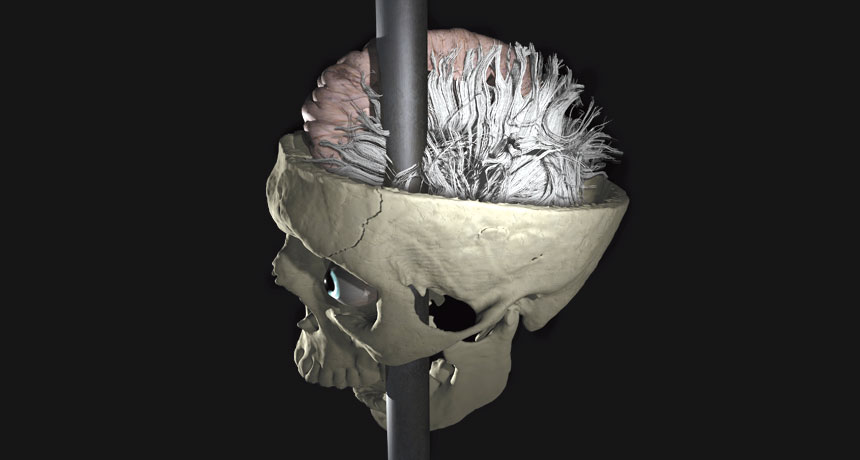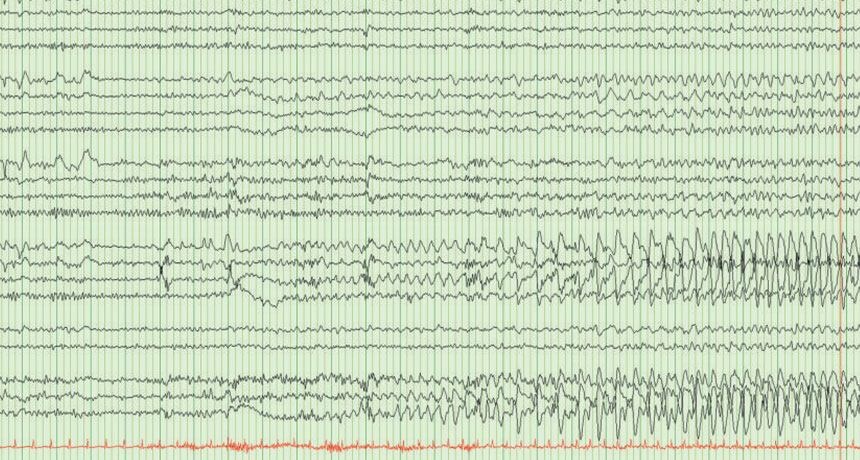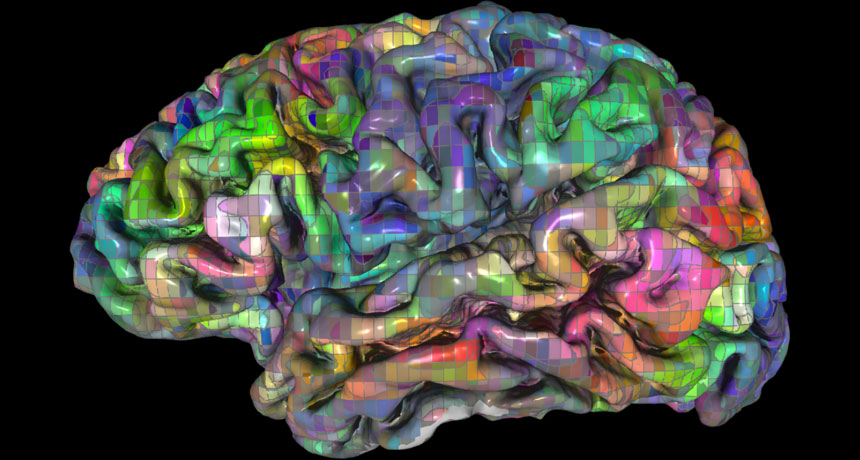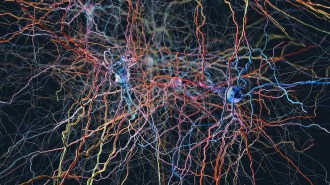Ways of seeing the brain inspire notions of how it works
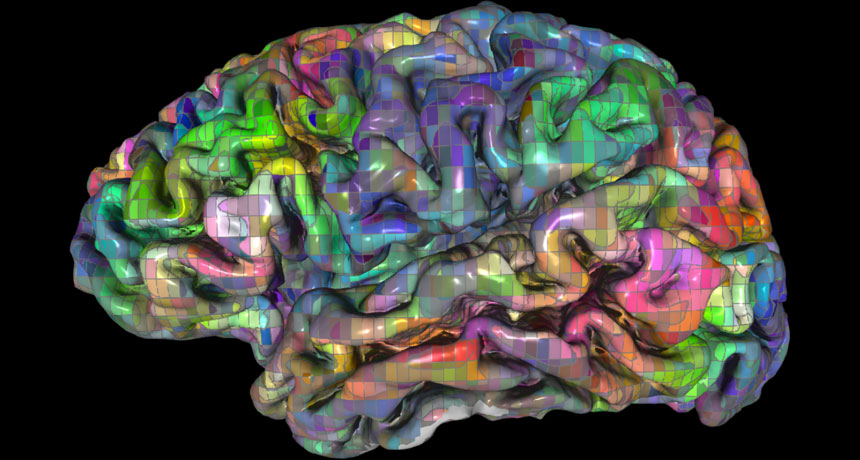
As scientists have developed more sophisticated methods and ideas, their understanding of how the brain works has shifted too.
Alex Huth, James Gao and Jack Gallant/UC Berkeley
- More than 2 years ago
The mysterious contents of the skull have long captivated their owners.
Ancient Egyptians treated brain injuries by pouring milk in both ears. Aristotle believed the brain was a cooling unit for the heart. Galen, the leading physician of the Roman Empire, claimed that “animal spirits” imbued the brain with its abilities.
These ideas were a product of limited tools and unscientific preconceptions. As scientists have developed more sophisticated methods and ideas, their understanding of how the brain works has shifted too.
